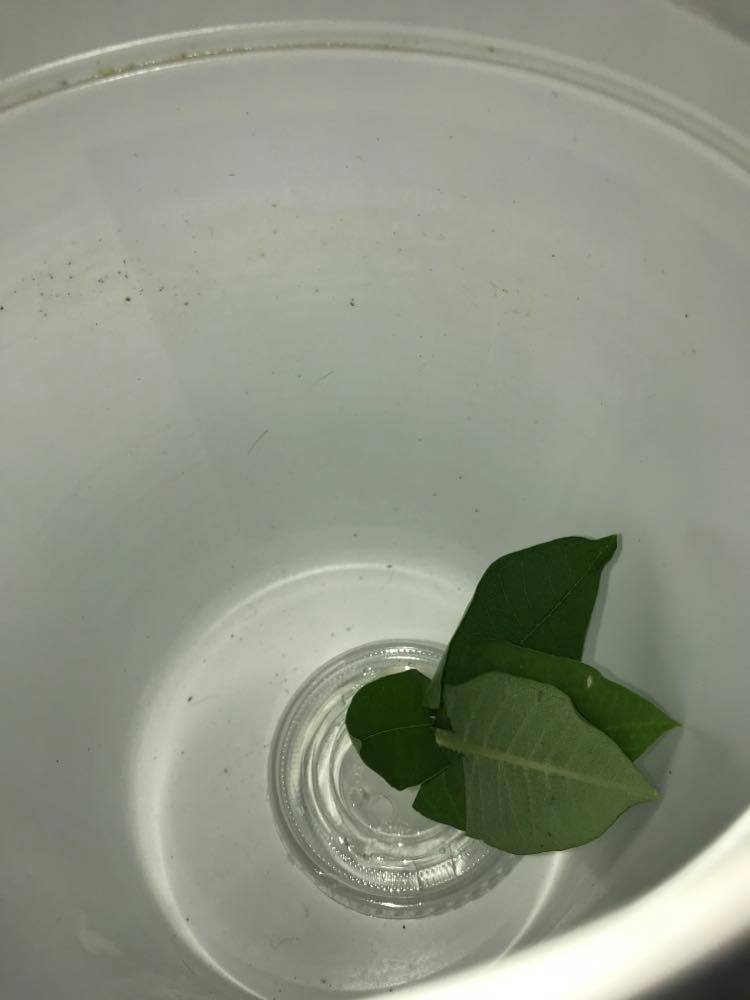Monarch Butterflies
Hey everyone! I hope you are enjoying your summer so far!
We talked many times last year about how I raise monarch butterflies in the summertime. Usually, I am able to bring monarch eggs into the classroom at the end of the school year so that my students can see most of the life cycle before their last day. Unfortunately, that plan was spoiled in a few different ways this year.
Not only did COVID-19 completely disrupt our school year, but a very interesting thing happened in nature as well.

We learned about adaptations this year — how some animals have traits that have allowed them to survive and reproduce and continue on the success of their species.
Butterflies cannot survive in temperatures below about 50 degrees Fahrenheit. If it is not warm enough outside, they slow down and are unable to flap their wings for take-off. This is an interesting fact that humans have taken advantage of to offer things called “butterfly releases.” A company raises Monarch butterflies and then cools them below 50-60 degrees, causing them to slow down on purpose. Then, they carefully tuck them into a folded piece of paper inside of a box and sell them to people who are arranging weddings, funerals, birthdays, etc. If you let the box warm up to 60 degrees or so, then when you open the box, the paper unfolds and the butterflies fly out and it can be a really beautiful ceremony. They are able to do this because the butterfly does not freeze to death at this temperature… they just slow down to conserve their energy for when it is warm enough for them to fly.
Anyway, this trait that keeps the butterflies from being able to fly in the cold poses an issue in places like Michigan. They obviously would not survive the freezing temperatures of winter!
Most monarchs that become adults in the summertime only live for a couple of weeks. They mate, lay eggs, and die off in cycles throughout the summer. Then something strange happens..! Every year, in September, all of the Monarch adult butterflies begin to feel the cold weather and their natural instinct is to fly south. They actually keep flying all the way to Mexico… some flying over 3,000 miles to get there. They collect by the millions in one central area of the Mexican mountains and forests. Check out this video footage of all the butterflies that flew south for the winter:
After the winter is over, the temperature starts to change in Mexico, and this triggers the butterfly’s instincts to fly all the way back north. These butterflies live for 8 months and once they have made their return trip, they will mate and lay eggs for the new summer cycles to begin, which in Michigan occurs at the end of May.
The reason Michigan’s “monarch season” begins in May is very specific. Not only do we have to wait for the butterflies to fly all the way back here from Mexico, we also have to wait for nature to give the butterflies the clues that it’s okay to return. Remember, butterflies do not do well in temperatures below 50 degrees… and we still get random cold days in May!
Nature is remarkable, though. The butterflies fly north following something very specific: milkweed. Milkweed is a green leafy plant that is native to North America and grows in wildflower pastures. There are a few different kinds of milkweed plants, but the important thing about them is that they are the ONLY plant that baby monarch caterpillars will eat. Adult butterflies can drink nectar from any nectar flower, but they will only lay eggs on milkweed leaves so that when they hatch a caterpillar, the caterpillar is already attached to its food source. Adaptations!
So, because this is my hobby, my home garden is not planted to look extremely pretty like some people’s flowers might look. I actually plant weeds on purpose that many people would pull out of their lawn or garden! My garden is a mixture of 2-3 different types of milkweed plants and a bunch of different types of wildflowers. I plant them side by side to signal to the adult butterflies that it’s a good place to stop by — they can grab a drink from the flowers, and then stop off at the milkweed and lay their eggs!
This year, one of the most disappointing things was our wonky weather in May. We had cold days late into the spring which caused the milkweed to not pop up as early as usual. Most people’s milkweed didn’t even start poking through the soil until June. Normally, I would have already been feeding my first cycle of monarch caterpillars for about 1-2 weeks!
Without milkweed, the butterflies do not fly back. They wait in southern states until the food source is acceptable for their babies. Adaptations!
So, this year, Michigan’s monarch season got a late start. Even if COVID didn’t keep us out of the classroom, most of my butterfly garden friends didn’t even see Monarchs in their garden until late June, way after school ended.
With the stress of everything from COVID, I decided not to do as much with my monarch habit this year. Usually, I would go for a drive and find milkweed along the road or in the gardens of businesses and search them for eggs! I didn’t do that this year. However, I do have a few milkweed plants growing in my garden and I have checked them a few times throughout the summer and not found any eggs. I decided it was probably just not a good summer for me to do it…
Well, I happened to check last night, and I found 5 eggs!

Well, I thought it was 5 anyway. The leaf on the left side actually didn’t have an egg on it. The tricky thing about milkweed is that when you disturb the plant, a milky substance leaks out of it — this is another adaptation for the butterfly, actually, because the milk from the leaves is toxic to most creatures. Many predators will avoid the leaves because they will get sick if that liquid gets ingested. The adaptation is that the eggs look a lot like the milk does after it leaks out and dries on the leaf. Sometimes I will pick a leaf thinking there’s an egg on it, but it is just a spot of dried sap from that milky liquid. That’s what happened to #5… there never was an egg in the first place!
So… I’ve got 4 eggs. When the eggs hatch, teeny tiny little caterpillars will eat their way out of the egg shell and start munching on the leaves. Every 5 days or so, the caterpillar will get too big for its skin, shed it, and continue growing in a process called molting. I will try to document the molting process of my 4 little caterpillars here for anybody who still subscribes to my iBlog and is interested in reading about it. 🙂
For now, it’s a waiting game. The eggs take a couple of days to hatch. When I was setting up their leaves to stay fresh for their hatching, I noticed some of the eggs are already beginning to get darker – that’s a good sign. The caterpillar is growing inside of them and as he or she gets bigger, the egg looks darker. I suspect that around dinner time I should have an update for you and I can show you the itty bitty caterpillars that have hatched!

The leaves must be fresh for the baby caterpillars to begin eating right away upon hatching. Keeping them in water keeps them from drying out. Sometimes I cut out the section of the leaf with the egg on it and set that on a larger, fresh leaf . It all depends on how many leaves are on my plants — if I run out, it’s a pain in the neck to find more milkweed to feed the caterpillars. Cutting out the eggs keeps the rest of the leaf on the plant where it can keep growing and stay alive.
For now, these leaves are very small and I just pulled the whole leaf off. The caterpillar can eat from the leaf its on as long as it is still in good condition. If they are in water, usually I can keep the caterpillars on their own leaf for about a week before I have to add fresh food for the growing caterpillars!
Check back in a few days for updates. 🙂